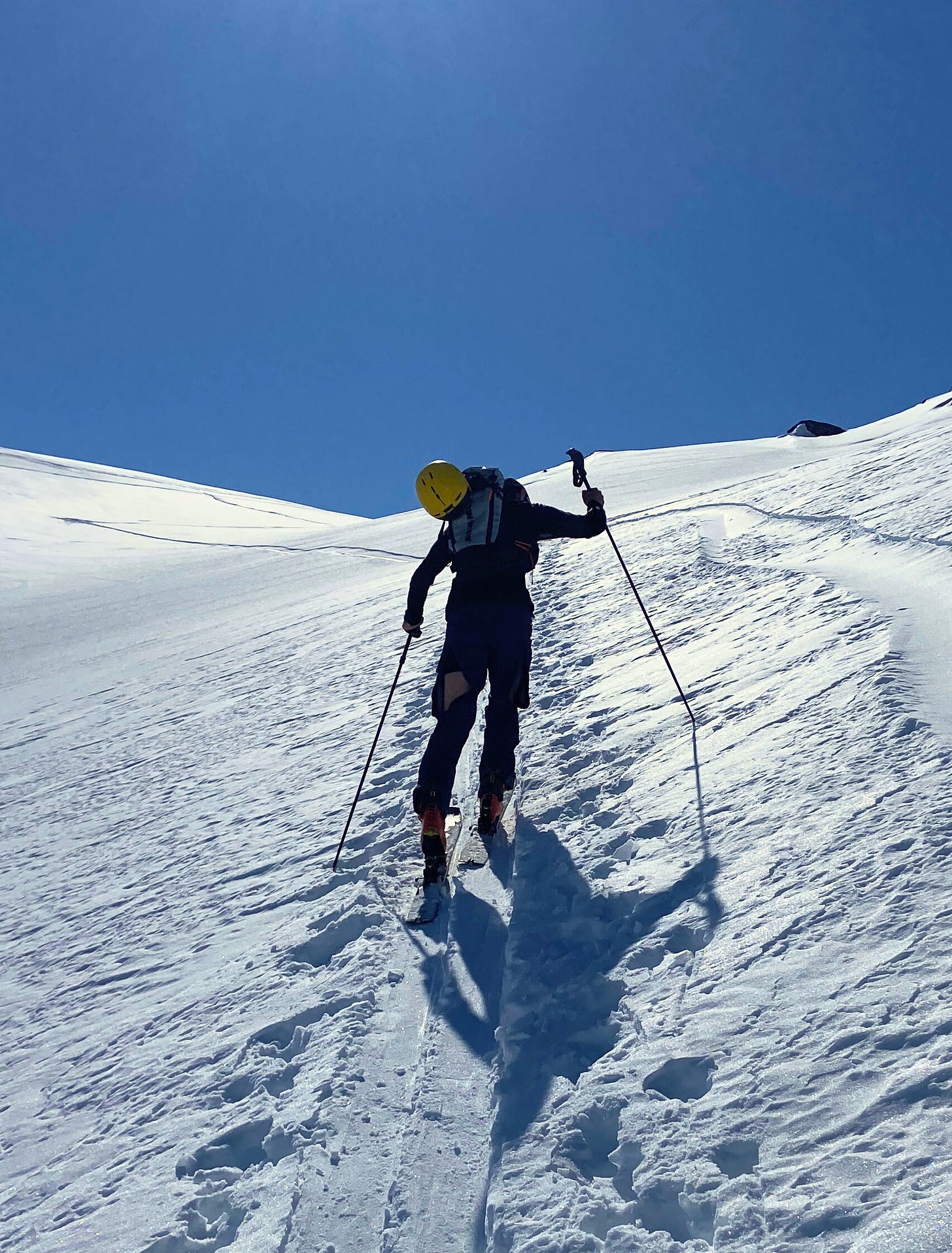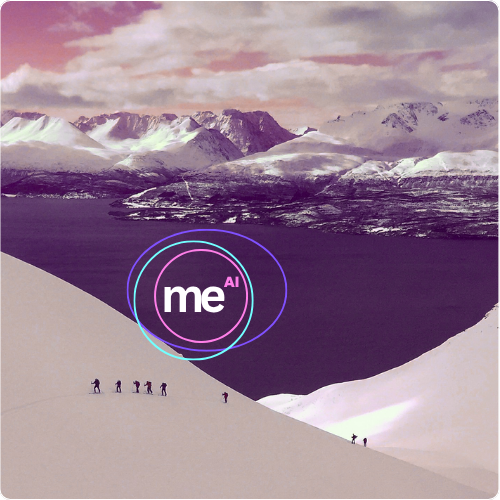
Earning My Half of The Equation
.png?width=2000&height=600&name=futurebrainig%20(2).png) To work with AI at a peak level while staying smart, independent, and connected, we need a strong internal base of domain knowledge and related skills. This foundation supports the MEAI equation: human and AI capabilities combining their strengths to solve problems neither could handle alone.
To work with AI at a peak level while staying smart, independent, and connected, we need a strong internal base of domain knowledge and related skills. This foundation supports the MEAI equation: human and AI capabilities combining their strengths to solve problems neither could handle alone.
Learning to work with AI in this sense is not just about prompting and including context; it’s about the human process of acquiring, reinforcing, and connecting our human knowledge. It’s a personal practice.
My annual study challenge has been a training ground for exactly that, though when I began it, the connection to AI wasn’t intentional.
My mental Misogi challenge
My topics have ranged from the early Middle Ages to Developmental Psychology, always interesting, but outside my comfort zone. Quantum mechanics remains a bridge too far. I often return to psychology, which is complex and personal. In an age where soft skills are less likely to be automated, understanding myself and others feels like a smart hedge against obsolescence.
The reason for choosing an official, exam-based course is to maximize effort and deal with the real risks of bailing or failing (which has happened). It pushes me to my limits physically, mentally, and emotionally.
In The Comfort Crisis, Michael Easter describes misogi, a modern adaptation of an ancient Japanese ritual involving physically and mentally demanding acts in nature to purify body and spirit. For me, hard learning has a greater impact than following complicated diets or attending yoga retreats.
The strategies I’ve finally adopted to keep my high-mileage brain from offsetting the natural forgetting process have also become foundational to how I now work with AI.
Yet, despite improved methods and AI support, it’s still uncomfortable enough to earn the title of mental misogi.
Deep Learning in Action
Moving from casual reading to engaging deeply enough to pass an exam feels hard as I am easily distracted, a novelty junky, and restless by nature. My younger self thrived on last-minute cramming, borrowed summaries, and stress-induced bursts of focus. It got me through, but it didn’t always leave much behind.
Over time, I learned how to learn — or how not to forget — and after experimenting, I settled on researched practices that work for me:
-
Structure. Uninterrupted early-morning study sessions, usually at the same time, for no more than four hours with three breaks. The challenge and the topic keep me motivated. I know somewhere along the line it will pay off.
-
Test before you are “ready.” I self-quiz fanatically and use past exam questions early, before feeling prepared. It’s awkward, but early failure pinpoints what I know and don’t know.
-
Test soon after first exposure to halve forgetting.
-
Use open-ended questions for deeper mastery.
-
Teach others, even if it’s just patient friends or family.
-
Practice mental recall with flashcards or visualisation.
-
-
Spaced repetition and interleaving. Shorter sessions spread over time, mixing topics, force retrieval, and improve retention. Occasionally, I bring in related material to strengthen connections.
-
Multimedia. Pairing text with visuals and varied formats helps maintain focus and reinforces learning. One concept — how the cones in the eye process colour — took three videos and a dinner-table explanation to stick finally.
I also prioritise quality sleep and skip alcohol as tools for improving alertness, resilience, and memory.
AI as My Tutor
-
Generates endless questions and testing variations.
-
Tracks progress and builds adaptive spaced schedules.
-
Explains concepts in multiple ways until one lands.
It’s like having a tireless lab partner and coach — pushing, supporting, adapting.
The more I use AI to test and challenge my thinking, the more human I feel: slower, deeper, sharper. Not optimised for productivity, but for presence.
The Results
I continue to build a deeper base of knowledge and better recall, enabling me to link concepts to be more creative and to control the quality of my MEAI output.
An unexpected payoff is that I’ve quieted two voices: the inner one that says I need to know more before speaking, and the outer one that over-explains to prove I belong. Now, it’s easier to focus entirely on the human(s) in the room. And when I speak, I connect better.
MEAI can do more — but only if I keep earning my half of the equation.
%20(3).png?width=300&height=100&name=Untitled%20(300%20x%20100%20px)%20(3).png)

